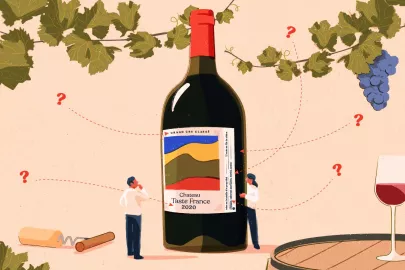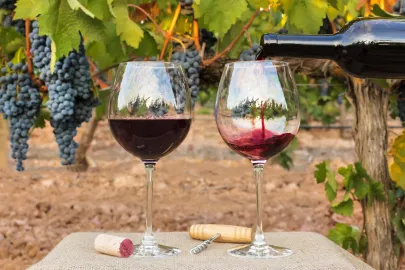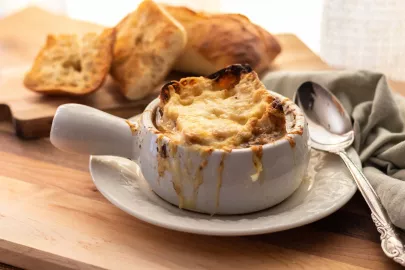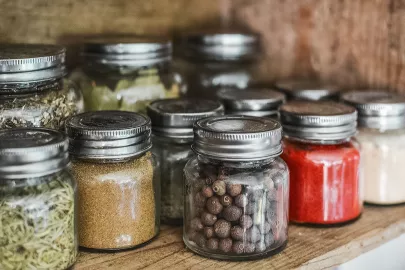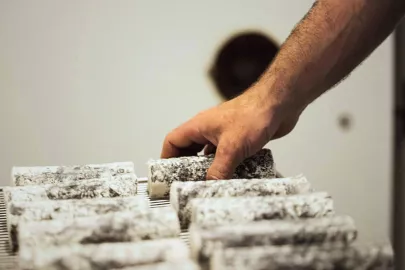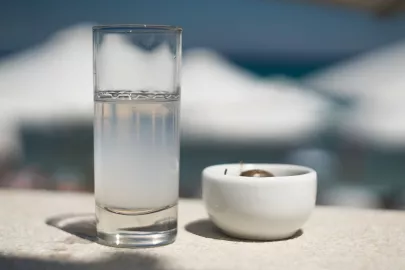Everything You Need to Know About Pairing French Wines, According to Christy Canterbury
The perfect pairing can prove elusive at times—that is, unless you’re world-renowned wine expert Christy Canterbury, whose ability to strike the ultimate balance between flavors is nothing short of supernatural. As the seventh female Master of Wine in the United States and a longtime industry pro, Canterbury was selected by Business France to curate a handful of her favorite French wines and how to best experience each in its own unique way. From the comforting pop of uncorking a Crémant d’Alsace at apéritif to a big, juicy Syrah for cookout season, these are the crème de la crème of Vinexpo US and how to pair them, according to Canterbury herself.

1. Best for Apéritif: Bestheim NV Cremant d'Alsace Brut Anne de Laweiss
Sparkling wines are a classic choice for apéritif, but there’s something unique about Bestheim’s Cuvée Anne de Laweiss, a non-vintage brut blanc de blancs made from 100% Pinot Blanc, says Canterbury. “This has more heft than the many other Alsace crémants, giving it a certain gravitas. It also has a fine balance of acidity and dryness—perfect for a reception apéritif or a festive weekend brunch.” You’ll find yourself sipping this floral and lightly spicy bottle of bubbles well into your meal (if it isn’t already finished by the first course).
2. Best for Cheese Plates: Vieil Armand 2018 Riesling Grand Cru Ollwiller
Canterbury brings us to Alsace again with a 2018 old vine dry Riesling by Château Ollwiller: “You can taste the nobility of this Grand Cru wine. It was by far the leading Alsace wine (in fairness, it was the only Grand Cru), plus this has the stuffing to age up to half a decade.” According to her, this wine offers a beautiful bouquet with notes of tangy lemon, green apple, starfruit, and spring flowers, while the mid-weight palate ranges from sweet spice to light earthiness, finishing with a crisp dryness—the perfect accompaniment to Camembert and other creamy, earthy cheeses like it.
3. Best for Roasted Meats: Domaine de la Pigeade 2020 Beaumes de Venise Hurlevent
This classic Beaume de Venise, Canterbury shares, is heady on the nose and softly structured on the palate, making it “downright crushable.” Roasted duck is a no-brainer for this laid-back, easygoing red thanks to its ripe, structured palate full of boysenberry and blueberry notes and a distinctly musky undercurrent—it’s a feisty one, she adds, and is already quite approachable for its age. Alternatively, for fans of lamb (Canterbury’s personal favorite when it comes to red meat), go for a gamey Syrah like Mas Gabinele 2019 Faugères, which plays exceptionally well with its big, boisterous body, youthful fruit notes, firm structure, and generous savory tones.
4. Best for Burgers: Domaine de Saint-Clement 2020 Crozes-Hermitage Horizon
“Vibrant and imminently drinkable, this Crozes has remarkably gentle tannins enveloping its peppery spice core,” says Canterbury, noting its robust potential as a burger wine (not an easy feat). “Unless you're a purist (that is, bun and meat only), burgers have a lot going on—from condiments to bacon and cheese, a burger wine has to be equally flavorful or it will be quashed. The Domaine de Saint-Clement 2020 Crozes-Hermitage Horizon can compete with whatever you throw on yours!”
5. Best for Light, Spicy Dishes: UBY 2021 Blanc Doux Gros Manseng Byo No. 24
Pairing spicier dishes can be tricky, especially those that fall on either side of the weight spectrum. With a graceful combination of fruit purity and balancing acidity, UBY’s 2021 Blanc Doux Gros Manseng Byo No. 24 is a sweet wine that pairs nicely with light, spicy Asian dishes, whereas heavier spice-forward fare could overpower the wine’s delicacy, according to Canterbury.
6. Best for Pizza and Pasta: Calmel et Joseph 2018 Corbières La Madone
When drinking Calmel et Joseph’s 2018 Corbières La Madone, Canterbury is partial to Italian dishes with a healthy dose of olive oil—think pizza and pasta—with ingredients like mushrooms and spicy sausage. This wine, she says, can handle these flavors and textures with ease thanks to its layered complexity and bright, mouthwatering acidity. “The palate starts with intensely concentrated berries, then layers in garrigue, cracked black pepper, and peat. [It’s] also just starting to show some interesting tertiary notes, like leather and spent tea leaves.”
Contributor
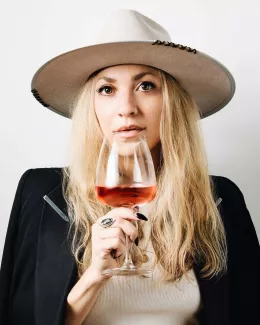
Journalist - Editor

